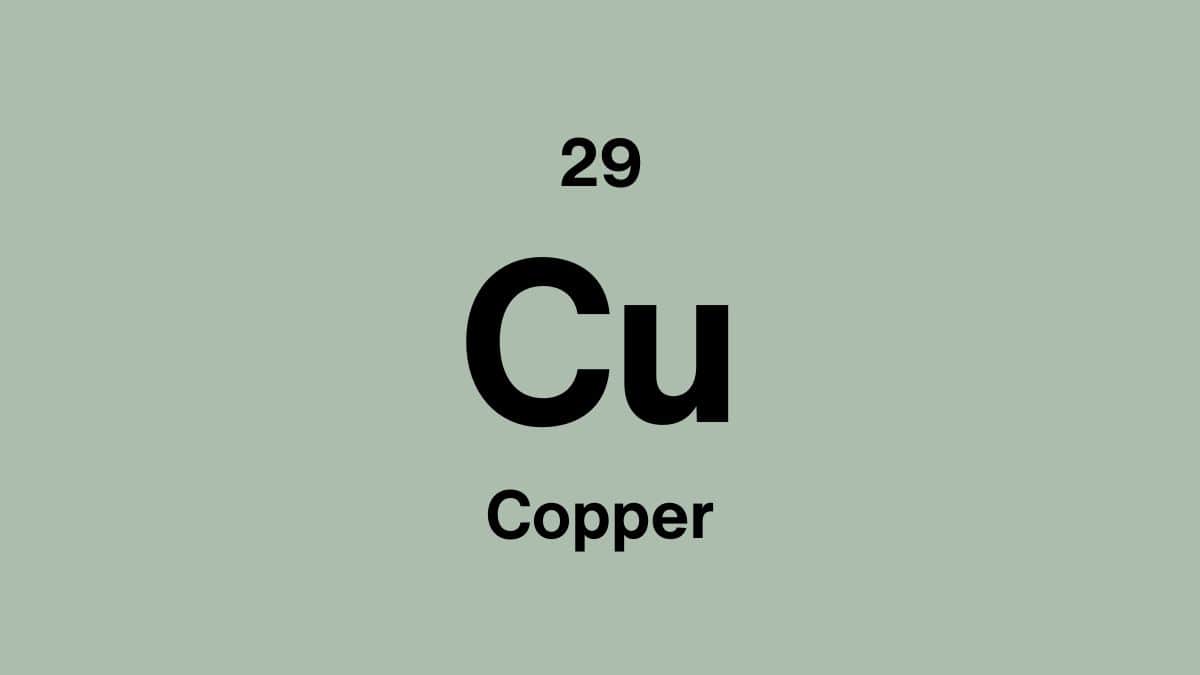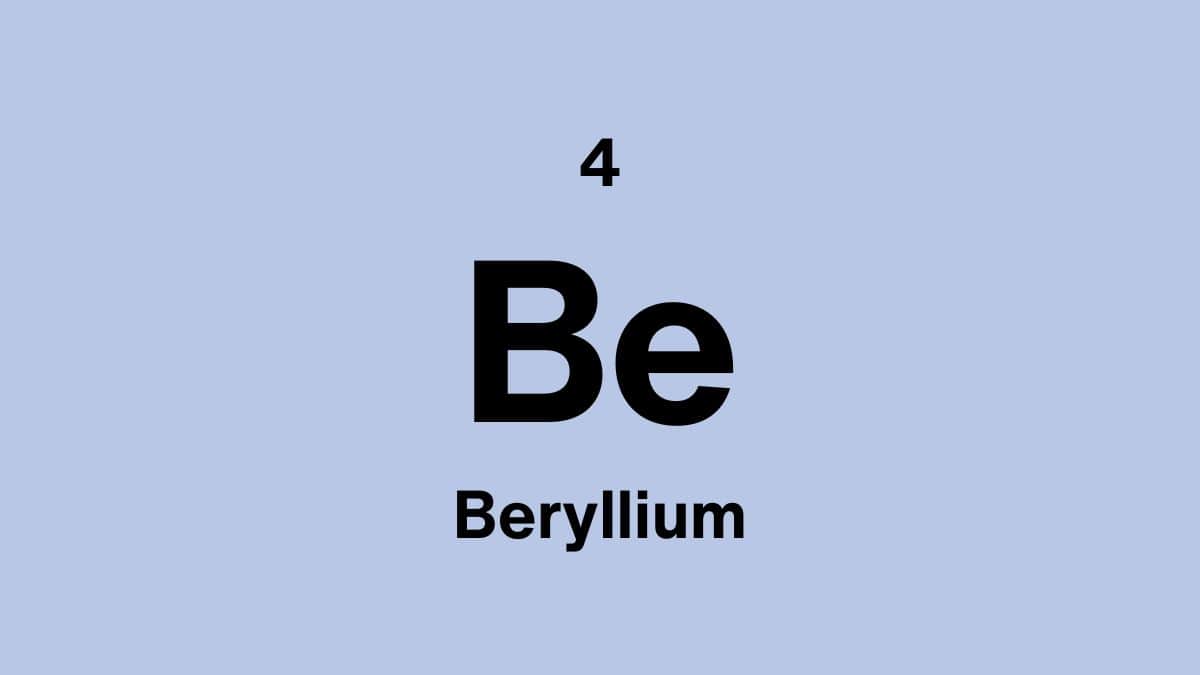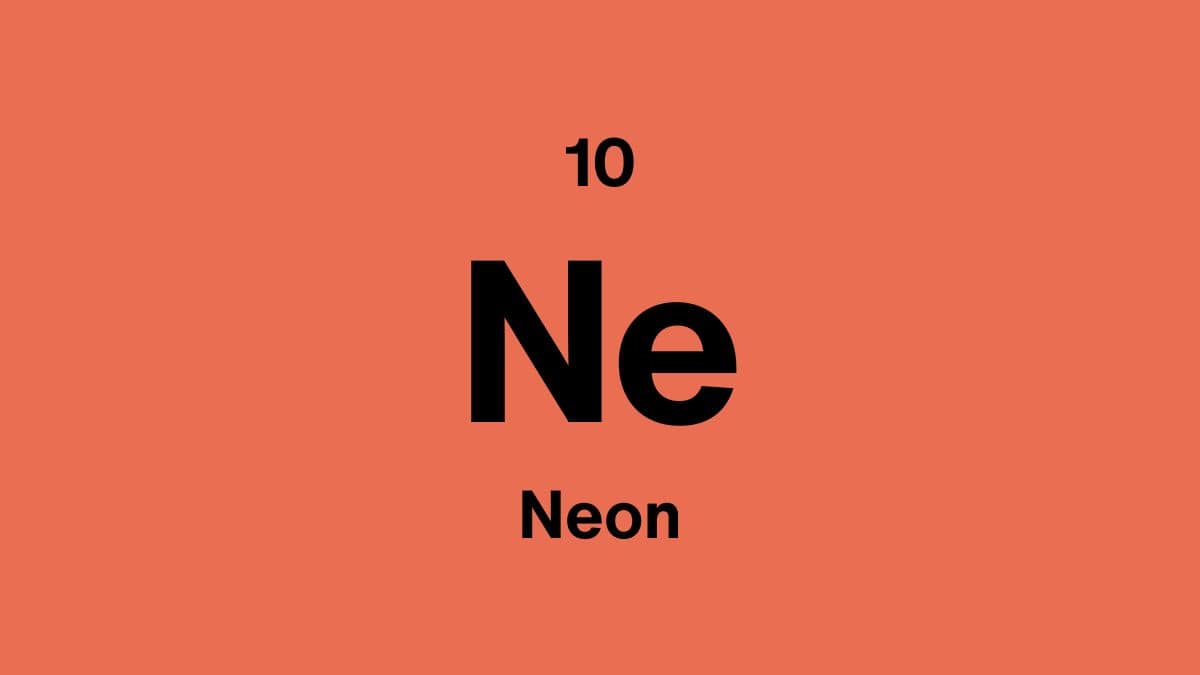Copper: The metal that powers electrical connections and industry
Copper is a highly conductive transition metal known for its reddish color, corrosion resistance, and versatility. It is essential for electrical wiring, plumbing, roofing, and industrial alloys, making it one of the most widely used metals globally.
Properties of copper
| Atomic Number: | 29 |
| Atomic Symbol: | Cu |
| Atomic Weight (amu): | 63.546 |
| Electronegativity: | 1.90 |
| Melting point: | 1085°C | 1985°F | 1358K |
| Boiling point: | 2562°C | 4644°F | 2835K |
What does copper look like?
Copper is a reddish-orange metal with a metallic luster. It can develop a green patina (copper carbonate) over time when exposed to air and moisture, but freshly polished copper retains a bright, shiny appearance.
Will we ever run out of copper?
Copper is moderately abundant but concentrated in specific regions such as Chile, Peru, the United States, and Australia. Efficient recycling, especially from electronics, helps sustain supply and reduce environmental impact.
Can copper be recycled?
Yes, copper is highly recyclable with minimal loss of quality, making it one of the most recycled metals. Recovered copper is reused in wiring, plumbing, and industrial applications.
Does copper have a biological role?
Copper is an essential trace element in humans and animals. It plays a role in enzyme function, iron metabolism, and the formation of connective tissue.
What is pure copper used for?
- Electrical Wiring: Copper’s high conductivity makes it ideal for power cables, electronics, and motors.
- Plumbing: Corrosion-resistant copper pipes are widely used for water and heating systems.
- Alloys: Forms brass, bronze, and other industrial alloys.
- Construction: Roofing, cladding, and decorative architectural features.
- Electronics: Used in printed circuit boards and connectors.
What are the main compounds with copper?
- Copper(II) Oxide (CuO) : Used in ceramics, pigments, and catalysts.
- Copper(I) Oxide (Cu2O) : Used in antifouling paints and semiconductors.
- Copper(II) Sulfate (CuSO4) : Used in agriculture, electroplating, and chemical synthesis.
- Copper Alloys : Includes brass and bronze for construction, instruments, and industrial use.
Where can copper be found?
Copper occurs naturally in minerals such as chalcopyrite, bornite, and malachite. Major producers include Chile, Peru, China, the United States, and Australia. It is also extracted as a byproduct of gold and silver mining.
Is copper expensive?
Copper has a moderate market price influenced by demand in construction, electronics, and renewable energy. Prices fluctuate based on global supply, recycling, and industrial needs.
Who discovered copper?
Copper has been known and used by humans since prehistoric times. Its extraction and use date back thousands of years, making it one of the first metals utilized by civilization.
Is copper dangerous?
Metallic copper is generally safe. However, copper dust and soluble compounds can be toxic if ingested in large amounts, and precautions are needed in industrial handling.
Fun facts about copper
- Copper is the primary conductor in electrical wiring due to its low resistance and durability.
- It develops a green patina over time, which protects it from corrosion.
- Copper is a key component in renewable energy systems, including solar panels and electric vehicles.
Scientific data verified from RSC, Britannica, and the Minerals Education Coalition.



